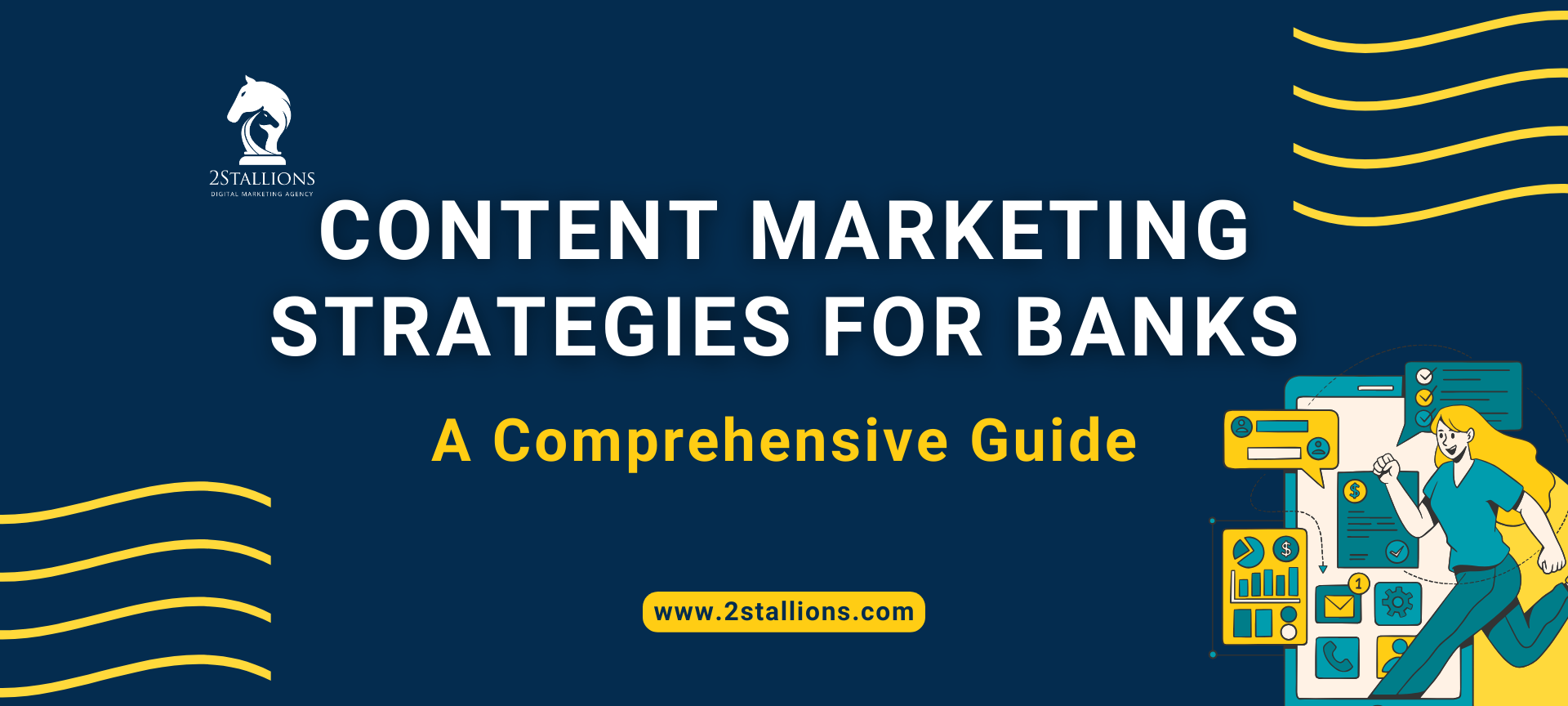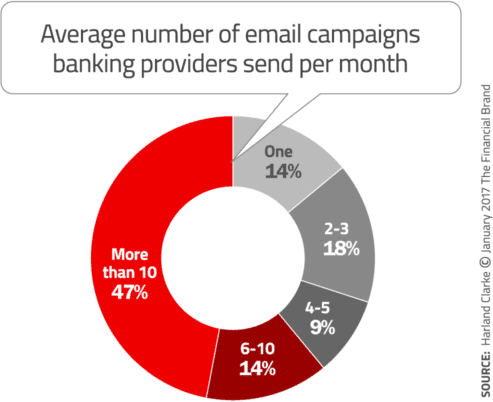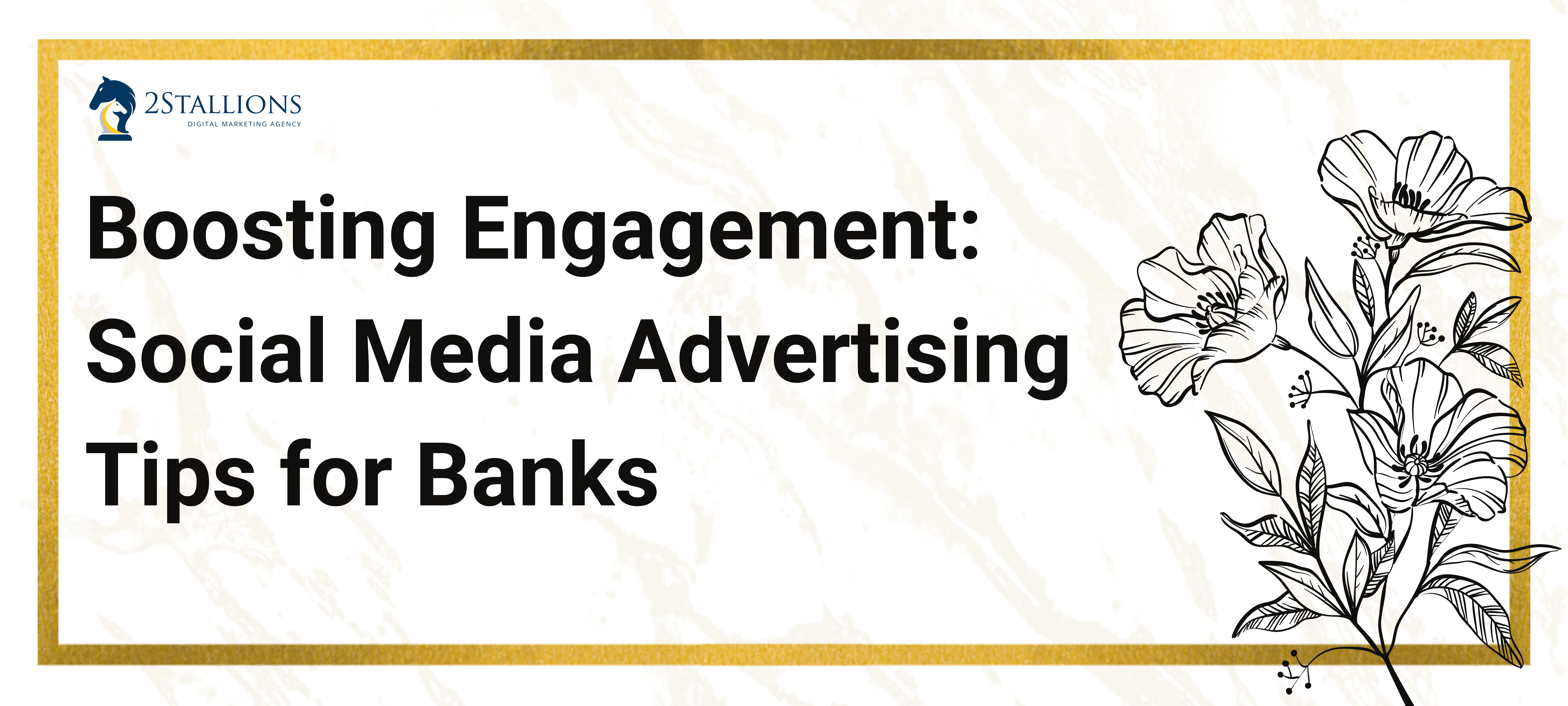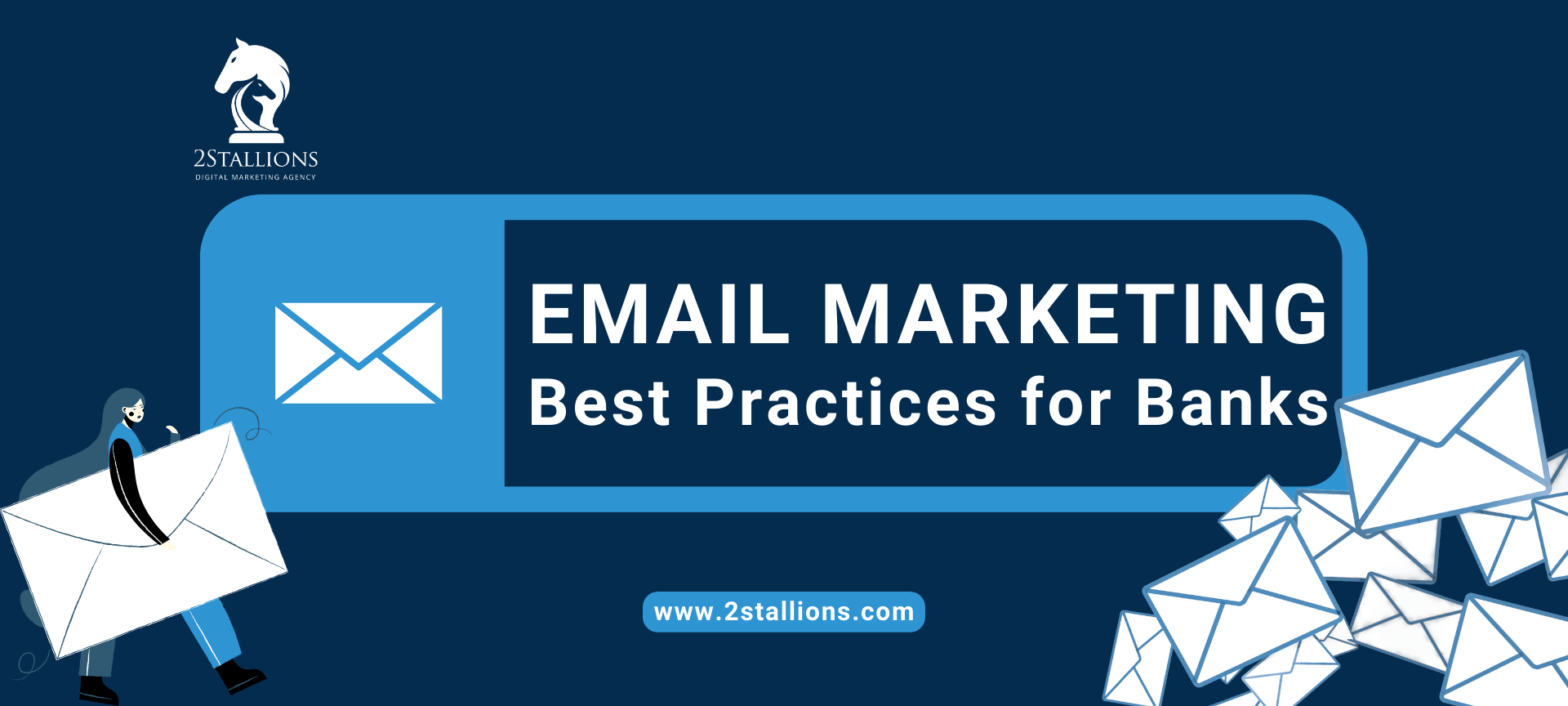Content
SHARE

Banks face increasing competition in today’s digital age, which makes it crucial to find innovative ways to attract and retain customers. One such strategy that has proven to be effective is content marketing. By creating valuable and engaging content, banks can build trust, establish thought leadership, and drive business growth. In this comprehensive guide, we will explore the importance of content marketing in banking and uncover key strategies that can help banks succeed in their content marketing efforts.
 (Source: NinjaPromo)
(Source: NinjaPromo)
Understanding the Importance of Content Marketing in Banking
As the banking industry becomes more saturated, customers have more options now. This shows that more than traditional marketing methods, such as advertisements and promotions, are needed to stand out from the competition. Content marketing helps banks to differentiate themselves by offering useful and relevant information to their target audience.
By becoming a reliable source of knowledge, banks can position themselves as trusted advisors and build stronger connections with their customers. This helps attract new customers and retain existing ones, as customers are more likely to stay loyal to a bank that consistently provides them with valuable information.
The Role of Content Marketing in Modern Banking
In the digital era, where information is readily available at our fingertips, customers have become more empowered and knowledgeable. They conduct extensive research before making any financial decisions, and banks must adapt to this new consumer behaviour. Content marketing allows banks to meet customers’ demands for valuable information by providing educational and insightful content.
Moreover, content marketing helps banks build brand awareness and credibility. By consistently delivering high-quality content, banks can position themselves as industry experts and gain the trust of their target audience. This trust is vital in attracting and retaining customers in an era where trust in financial institutions has decreased.
Benefits of Content Marketing for Banks
Social media is not just a marketing tool but a powerful platform for banks to cultivate customer relationships. By leveraging social media channels, banks can gain valuable insights into customer preferences, gather feedback, and tailor their products and services accordingly. Furthermore, social media helps banks stay relevant and competitive in a rapidly evolving industry.
In addition, social media serves as a platform for banks to educate customers on financial literacy, offering tips on budgeting, saving, and investing. This educational content not only empowers customers to make informed financial decisions but also positions banks as trusted advisors in the eyes of the public. By sharing valuable knowledge and expertise, banks can build credibility and loyalty among their customer base, fostering long-term relationships built on mutual trust and understanding.
(Source: Results Driven Marketing)
Key Elements of a Successful Content Marketing Strategy
Identifying Your Target Audience
The first step in any successful content marketing strategy is identifying your target audience. Understanding your ideal customers will help you tailor your content to their specific needs and interests. Conducting thorough market research, analysing customer data, and creating buyer personas can help identify your target audience.
Creating Engaging and Relevant Content
Once you have identified your target audience, the next step is to create engaging and relevant content that resonates with them. The content should be informative, well-researched, and easy to understand. You can utilise a variety of content formats, such as blog articles, infographics, videos, and podcasts, to cater to different preferences.
It is also important to keep your content up to date and regularly publish new content to keep your audience engaged. This includes industry news, educational articles, how-to guides, and case studies.
Utilising SEO in Your Content Marketing Strategy
A successful content marketing strategy should incorporate SEO techniques to improve organic search visibility. Conduct keyword research to identify relevant keywords and incorporate them naturally into your content. Optimise your website’s on-page elements, such as meta titles, meta descriptions, and headings, to improve your search engine rankings.
Additionally, consider building backlinks to your content from reputable sources to enhance your website’s authority and ranking potential.
Furthermore, creating high-quality and shareable content can significantly boost your content marketing strategy. When your audience finds your content valuable and informative, they are more likely to share it with their networks, increasing your reach and brand exposure. To create shareable content, focus on providing unique insights, practical tips, and actionable advice your target audience can apply in their lives.
In addition to creating shareable content, it is essential to establish a strong brand voice and tone that resonates with your target audience. Your brand voice should reflect your company’s values, personality, and expertise, helping to build trust and credibility with your audience. Consistency in your brand voice across all your content channels, including social media, blog posts, and emails, will help reinforce your brand identity and make it easily recognisable.
Social Media and Content Marketing for Banks.
In social media, banks must carefully consider the platforms they use to engage with their target audience. Understanding where customers spend their time is crucial in tailoring your social media presence. For instance, LinkedIn may be more suitable for B2B banking services, providing a professional platform for networking and industry updates. On the other hand, consumer banking services may find greater success on platforms like Facebook and Instagram, where visual content and customer interaction are key.
Moreover, it is not just about being present on social media platforms; it is equally important to implement best practices for content marketing. Developing valuable content is essential for engaging your audience. This can include sharing relevant articles, industry insights, and practical tips that add genuine value to your followers. To foster interaction, encourage engagement by posing questions and actively responding to comments from your audience.
Furthermore, visuals such as images and videos can significantly enhance the impact and shareability of your content. Visual content attracts more attention and can convey messages more effectively than text alone. By incorporating a mix of visual and textual content, banks can create a more engaging social media presence that resonates with their audience.
Consistency is key in maintaining your messaging and branding across all social media platforms. By ensuring a unified brand identity, banks can reinforce their values and build trust with their audience. Consistent branding helps create a recognisable and reliable image for the bank, which is essential for establishing long-term relationships with customers.
(Source: Brevo)
Email Marketing as a Content Strategy for Banks
Building an Effective Email Marketing Campaign
Email marketing remains a powerful tool for banks to nurture customer relationships. Building an effective email marketing campaign involves segmenting your audience, personalising your messages, and sending relevant and valuable content directly to their inboxes.
Consider offering exclusive content, such as e-books, whitepapers, or special offers, to incentivise subscribers to engage with your emails. Moreover, optimise your email design and ensure your emails are mobile-friendly, as readers open emails on mobile devices.
Tips for Creating Engaging Email Content
When crafting the content of your emails, keep them concise, engaging, and action-oriented. Use a clear and compelling subject line to capture your readers’ attention. Personalise your emails by addressing recipients by their names, and use engaging visuals to break up the text and make the content more visually appealing.
Include strong call-to-action buttons that direct readers to relevant landing pages or specific actions, such as signing up for a service or requesting more information
(Source: FasterCapital)
Measuring the Success of Your Content Marketing Strategy
Key Metrics to Track in Content Marketing
Measuring the success of your content marketing efforts is essential to understand what works and what doesn’t. Track metrics such as website traffic, bounce rates, time on page, social media engagement, email open rates, click-through rates, and conversion rates.
Additionally, regularly collect feedback from your audience through surveys or comments to gain insights into their preferences and interests. Adjust your content strategy based on these metrics and feedback to continuously improve your efforts.
Adjusting your Strategy Based on Performance Feedback
Based on the data and feedback collected, identify areas where your content marketing strategy can be improved. Adjust your content topics, formats, distribution channels, and messaging to align with your audience’s preferences and interests. Continuously experiment, analyse results, and refine your approach to achieve optimal results in your content marketing efforts.
Implementing a comprehensive content marketing strategy can be a game-changer for banks, helping them build brand awareness, establish thought leadership, and ultimately attract and retain loyal customers. By understanding the importance of content marketing, leveraging key elements of a successful strategy, and measuring performance, banks can take their marketing efforts to new heights in today’s competitive landscape.
Frequently Asked Questions About Content Marketing Strategies for Banks: A Comprehensive Guide
What are effective content marketing strategies for banks?
Effective strategies include creating educational content on financial literacy, using personalised content to address individual customer needs, engaging with customers through storytelling about real-life financial successes, and leveraging data-driven insights for targeted campaigns.
How can banks use content marketing to improve customer engagement?
Banks can improve customer engagement by offering interactive content such as financial calculators, quizzes, and webinars and maintaining a regular blog that addresses common customer concerns and current financial trends.
What role does personalisation play in content marketing for banks?
Personalisation is crucial in banking content marketing as it helps tailor content to individual customer profiles, enhances the relevance of the content, and builds stronger relationships by showing customers that their unique needs and preferences are understood.
How can banks measure the success of their content marketing efforts?
Banks can measure the success of their content marketing efforts by tracking metrics such as engagement rates, click-through rates, conversion rates, website traffic, and customer feedback to assess the impact of content on customer behaviour and satisfaction.















